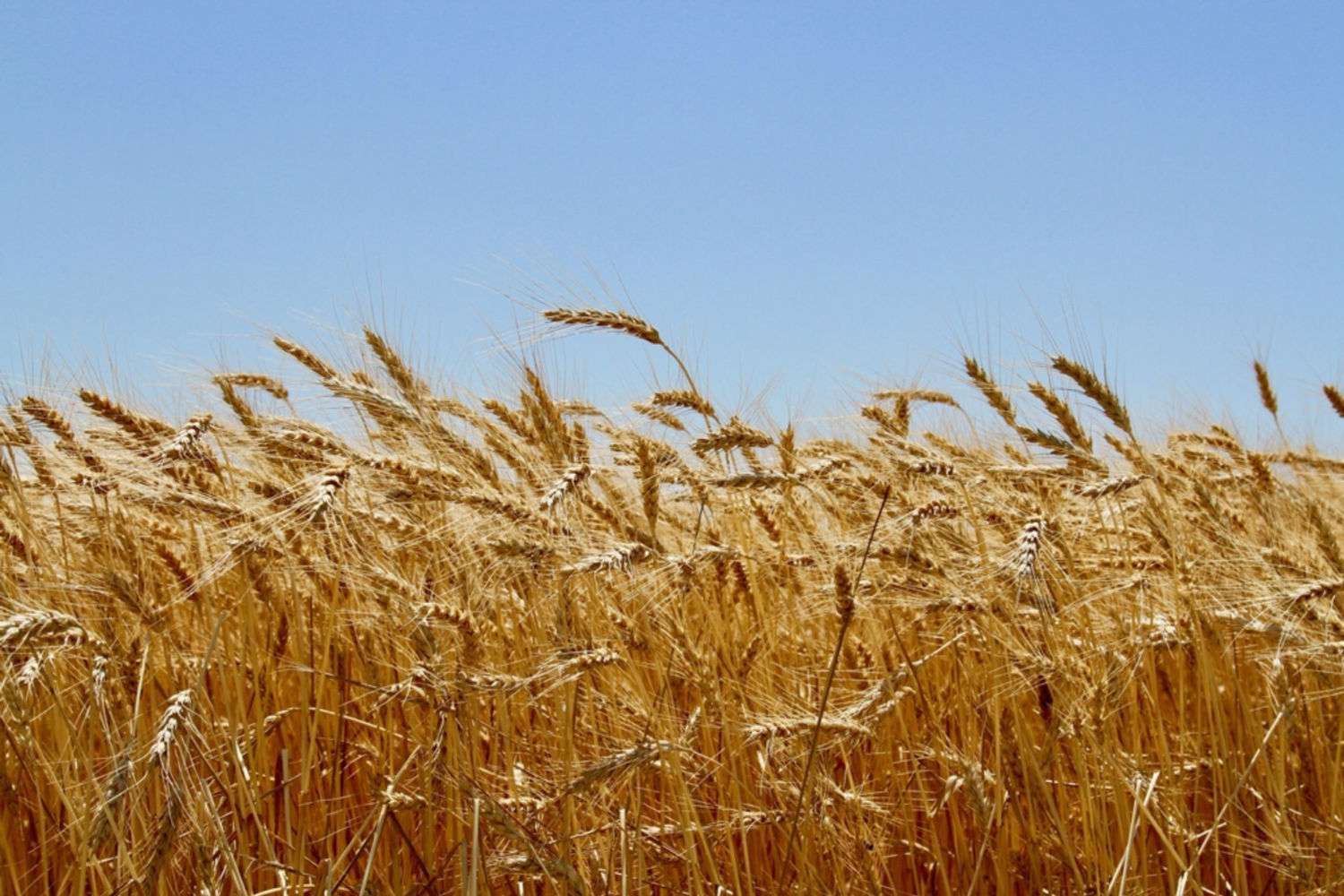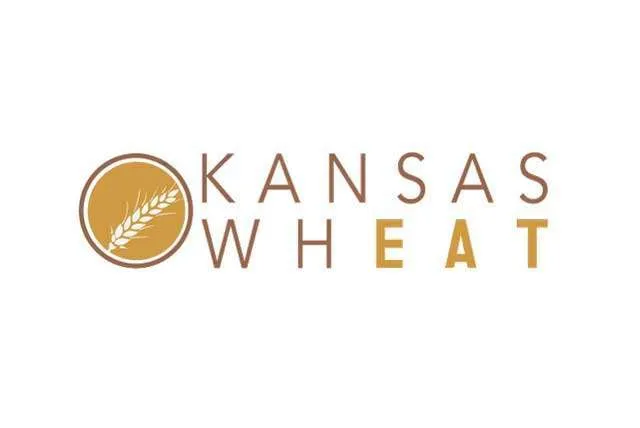Kansas Yield-Enhancing Strategies Project Identifies Best Management Practices to Close the Bushel Gap and Maintain Profitability
The gap between published potential yields and how many bushels go in the hopper is a function of environment and management. Kansas wheat farmers cannot control the weather, but K-State researchers are tackling what strategies farmers can realistically use to both maximize yield and make a profit.
“There is a huge investment in wheat breeding and genetics in Kansas, and the yield potential of those varieties is much higher than what the majority of growers are producing,” said Romulo Lollato, a wheat production specialist with K-State Research and Extension. “So how do we fill that gap? That’s agronomy.”
Now in its sixth year, the Kansas Yield-Enhancing Strategies project — funded with support from the Kansas Wheat Commission — aims to identify which combination of management practices makes the most agronomic and economic sense to improve yields and quality.
The project started in 2015 with a “kitchen sink” approach. Lollato and his team went into the literature and identified 14 different management practices — from seeding rate to fungicide treatments to nitrogen application and many more — and put them to work in the field. In three locations and over two years, researchers tested out each practice on its own and combined together in one massive management system.
“On one end, we had very low input,” Lollato said. “On the other end, we had an extreme high input, where we essentially put everything down that could make the crop yield more. And then we had a lot of treatments in between where we tested each of those practices individually.”
One result for this phase of the project was the importance of fungicide application in wet years. In the two harvests during this phase, fungicide application had a very large impact — 15 to 20 bushels per acre in yield gain — due to an increase in stripe rust in years with ample moisture and high yield potential, such as 2016 and 2017.
Researchers then took that data and expanded the project in 2017 to include four varieties. The project also shifted to layering practices up one-by-one from a low input management system all the way back up to the kitchen sink, testing out which combination of practices had the best results. One interesting finding from this phase was to see some varieties were actually well suited to low-management systems, while others were racehorses that were very responsive to more resources.
Both of these phases of the project were replicated trials, meaning they could provide clear cause-and-effect answers for the results. The next phase, however, involved learning directly from farmers how they are managing their wheat fields. A survey of 20-30 questions about management was distributed to farmers for them to provide input on a single field and how it was managed. The end result was a database of 700 commercial fields with complete information from planting date to final yields. This data allowed researchers to characterize how the average Kansas wheat grower is managing his or her wheat fields and identify management practices associated with higher yields in commercial fields. For instance, researchers identified the optimal sowing date for each growing region in the state and the associated yield penalty per day due to delays in sowing date.
Based on this snapshot, the researchers are now taking the most common practices back into field trials, divided into the bottom 20 percent, average, top 20 percent and top five percent. Now the team is investigating how these different management systems will perform, as well as if they will break even or generate a profit.
These trials are already yielding results. Stand counts show a visible difference between the management systems tested, and researchers will continue to evaluate the trials in the ground as the crop matures next spring.
The combination of these years of work will be even better recommendations for growers to follow to capitalize on the yield potential of the excellent wheat varieties available to Kansas farmers.
“By the Kansas Wheat Commission funding agronomic research, it is getting farmer dollars invested back into the farm,” Lollato said. “The type of information we are developing is really applied and gives value back to the growers by helping them better manage their crops.”
For audio version, visit kansaswheat.org.




